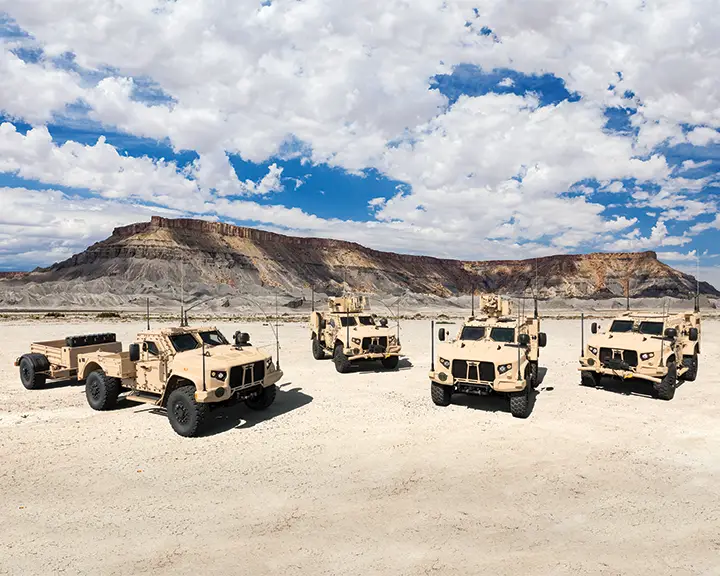Oshkosh Defense, a wholly owned subsidiary of Oshkosh Corporation, has filed a formal bid protest with the U.S. Government Accountability Office (GAO) over the U.S. Army’s recent award decision with respect to the Joint Light Tactical Vehicle (JLTV) Follow-On Contract. The independent GAO review of the procurement decision was initiated by Oshkosh on March 6, 2023. As the incumbent manufacturer and original designer of the JLTV platform, only Oshkosh’s proposal leveraged substantial JLTV experience and proven JLTV production infrastructure, while providing best-in-class upgrades to the JLTV platform.
“After participating in the government’s post-award debriefing process, we have significant concerns regarding the evaluation of the proposals under the solicitation that support an independent review. We believe the Government’s evaluation did not properly review the financial, technical, and manufacturing capabilities offered to select the best value and lowest risk solution to deliver the JLTV,” said Tim Bleck, executive vice president Oshkosh Corporation and president Oshkosh Defense.

The U.S. Army announced last month the award of a requirements contract with five base ordering years plus five one-year optional ordering periods to AM General LLC for estimated Joint and Foreign Military Sales (FMS) production of up to 20,682 Joint Light Tactical Vehicles (JLTVs) and up to 9,883 JLTV Trailers. The total contract value is $8.66 billion. The JLTV follow-on contract request for proposal, in accordance with the Army Climate Strategy, sought to incentivize offerors to propose fuel efficiency technologies that targeted on-the-move fuel economy improvements and anti-idle capability in support of optimizing combat effectiveness.
The Joint Light Tactical Vehicle (JLTV) is a joint program currently in development for the U.S. Army and Marine Corps with procurements for the U.S. Navy and Air Force. The JLTV replaces the High Mobility Multipurpose Wheeled Vehicle (HMMWV), which is the current light tactical vehicle. The JLTV concept includes a 3.5 ton Combat Support Vehicle and a 5.1 ton Combat Tactical Vehicle and is based on a family of vehicles focused on scalable armor protection, integrated communications, and vehicle agility and mobility required of the light tactical vehicle fleet.















